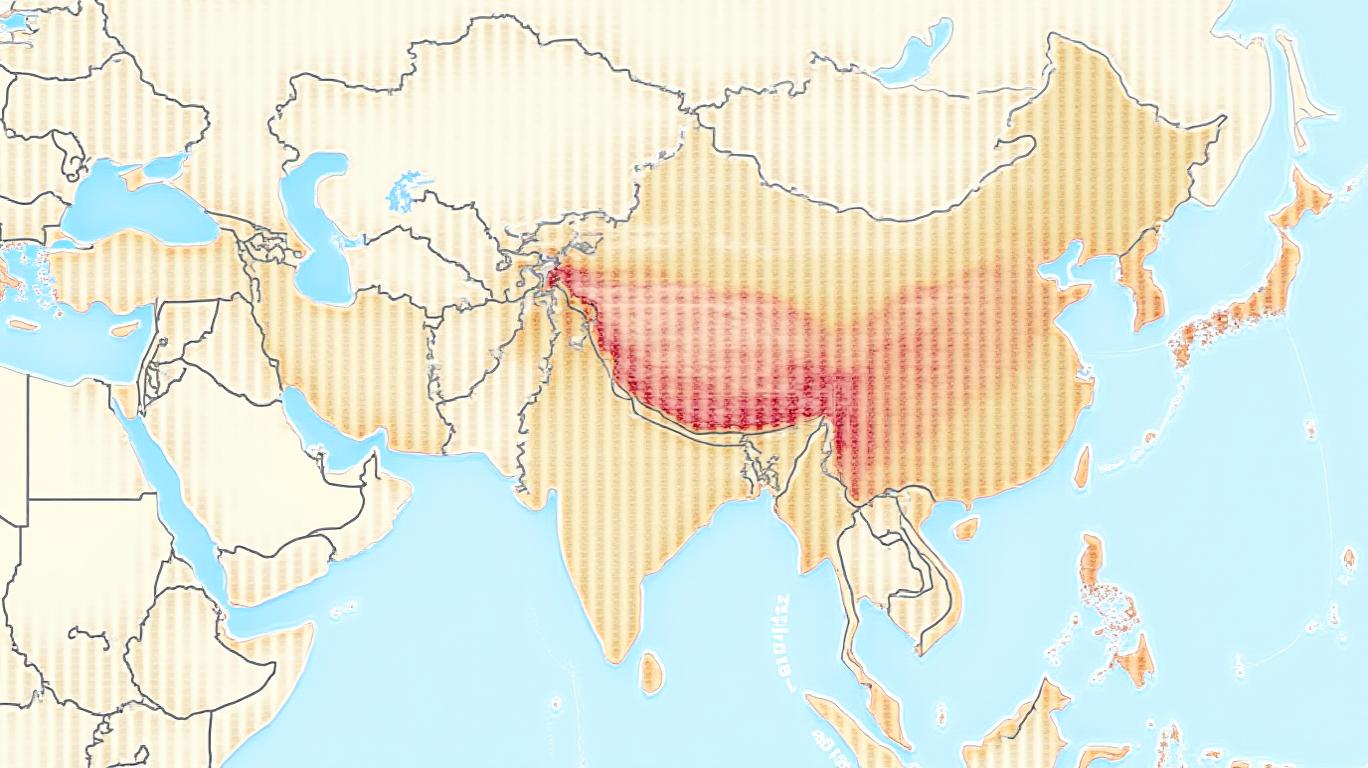Navigating Tariff Turbulence: Sector Strategies to Hedge Inflation and Growth Risks
Amid the fragile truce between the U.S. and China, investors face a paradox: tariff reductions have temporarily eased inflation pressures, but the broader economic outlook remains clouded by slowing GDP growth and rising unemployment. With Pantheon Macroeconomics forecasting a 2.1% GDP growth rate by year-end and The Conference Board projecting unemployment to hit 4.6% by December 不理, the time to position portfolios for this dual challenge is now. Here's how to navigate the risks—and opportunities—sector by sector.

Exposed Sectors: Where the Pain Lies
The recent 90-day tariff truce has brought relief to some industries, but overlapping duties (Section 232, Section 301, and fentanyl-related tariffs) ensure that many sectors remain vulnerable.
Consumer Discretionary: A Fragile Recovery
While tariffs on electronics and apparel were reduced, effective rates remain stubbornly high—16–19% for shoes and 14–16% for textiles. This has kept consumer prices elevated, particularly for middle-income households. shows how retailers are struggling to offset margin pressures.
Action: Avoid cyclical retailers and focus on luxury brands with pricing power (e.g., LVMH, Tapestry) or companies with diversified supply chains (e.g., Nike, which sources 40% of production outside China).
Industrials: Raw Material Headwinds
Steel and aluminum face 50% effective tariffs (25% Section 232 + 25% Section 301), squeezing margins for manufacturers. highlights the sector's volatility. Auto parts and machinery, already reeling from supply chain bottlenecks, now face a 50–132% tariff range on critical inputs.
Action: Rotate out of traditional industrials and into automation/robotics stocks (e.g., RMD, AAPL's supply chain plays) or companies benefiting from U.S. infrastructure spending (e.g., Caterpillar, Deere).
Commodities: A Double-Edged Sword
While energy and agricultural tariffs were reduced, China's retaliatory measures (e.g., 15% on soybeans) and anti-dumping duties (e.g., 74.9% on POM copolymers) keep prices elevated. underscores the sector's sensitivity to trade dynamics.
Action: Hedge with inverse commodity ETFs (e.g., DBC) or short positions in tariff-affected commodities.
Defensive Plays: Anchoring Portfolios in Uncertainty
With the Federal Reserve likely to cut rates to 3.5% by year-end, defensive sectors and rate-sensitive assets are poised to outperform.
Utilities: A Steady Beacon
Regulated utilities (e.g., Duke Energy, NextEra) offer stable dividends and inverse correlation to rising rates. shows their resilience in low-growth environments.
Action: Allocate 10–15% to utility ETFs (XLU, PUI) for income and downside protection.
Healthcare: Shelter in Innovation
Pharma and biotech (e.g., Pfizer, Moderna) are insulated from trade wars and benefit from aging demographics. Medical tech stocks (e.g., Medtronic) also offer recession-resistant demand.
Action: Target healthcare ETFs (XLV) or individual leaders in gene therapy and digital health.
Bonds: Capitalize on Fed Easing
The Fed's pivot to rate cuts will boost bond prices. Short-duration investment-grade bonds (e.g., AGG) and inverse rate ETFs (e.g., TLT) can amplify gains.
Action: Shift 20% of fixed-income allocations to rate-sensitive bonds ahead of the Fed's July meeting.
Timing Is Critical: Act Before Q3 Inflation Data
The window to position portfolios is narrowing. Q3 2025 will bring clarity on whether the tariff truce has meaningfully dampened inflation or merely delayed its peak. Pantheon's analysis suggests that 70% of tariff impacts on prices will be felt by October, with core PCE inflation hitting 3.3%.
Why Move Now?
- Valuations: Defensive sectors remain undervalued relative to their growth potential.
- Rate Cuts: The Fed's dovish shift creates a “sweet spot” for bond and dividend stocks.
- Sentiment Shift: By Q4, market consensus may pivot to recession fears, compressing valuations.
Conclusion: Position for Resilience
The China trade truce buys time but not solutions. Investors must balance near-term inflation relief with the looming slowdown. Focus on defensive income plays and innovation-driven sectors, while hedging commodity exposures. With the Fed's rate cuts and Q3 data on the horizon, act swiftly—before the market's next turning point.
The clock is ticking. Secure your portfolio's moorings before the next wave hits.

Comments
No comments yet